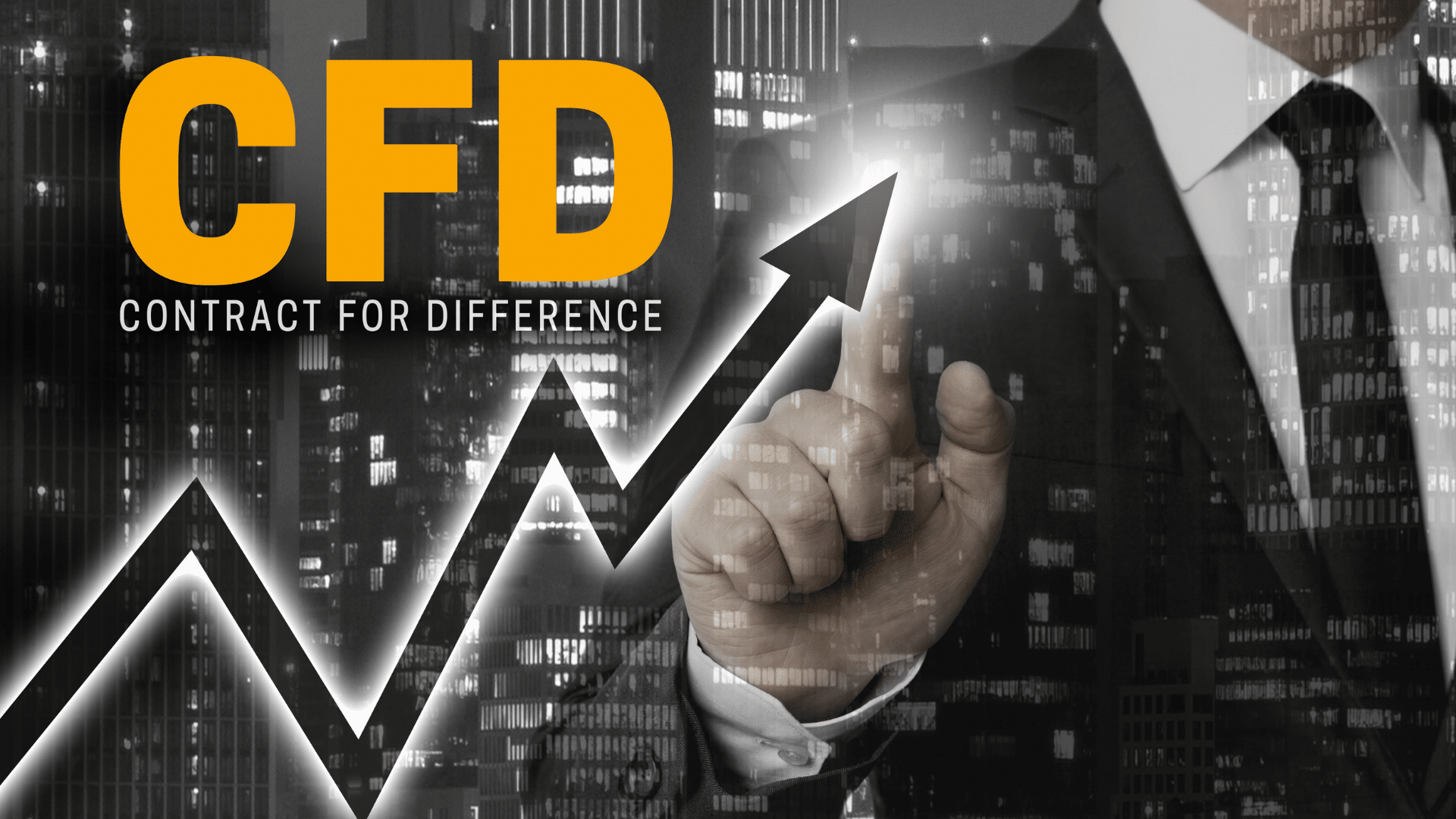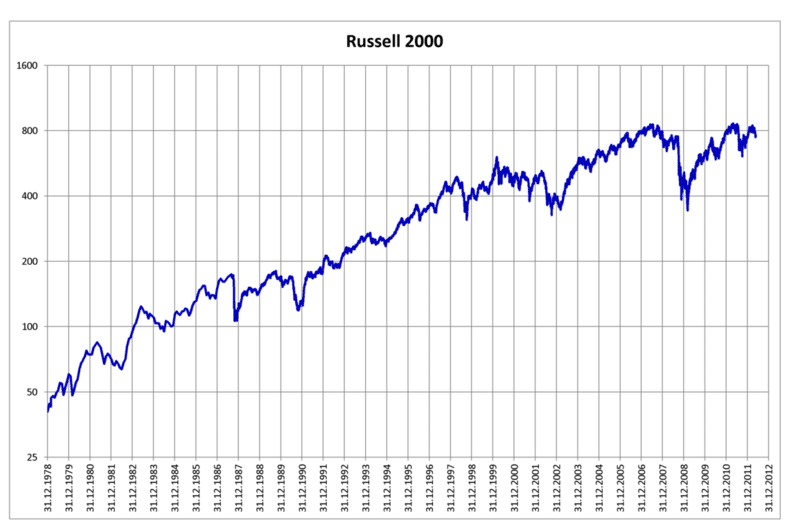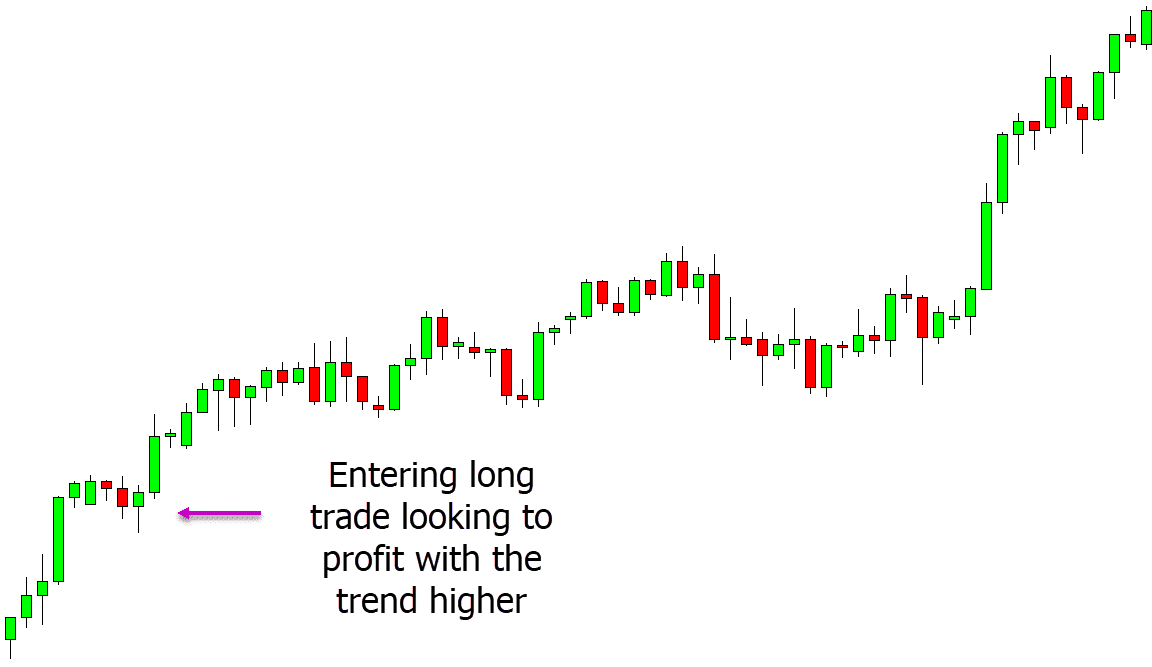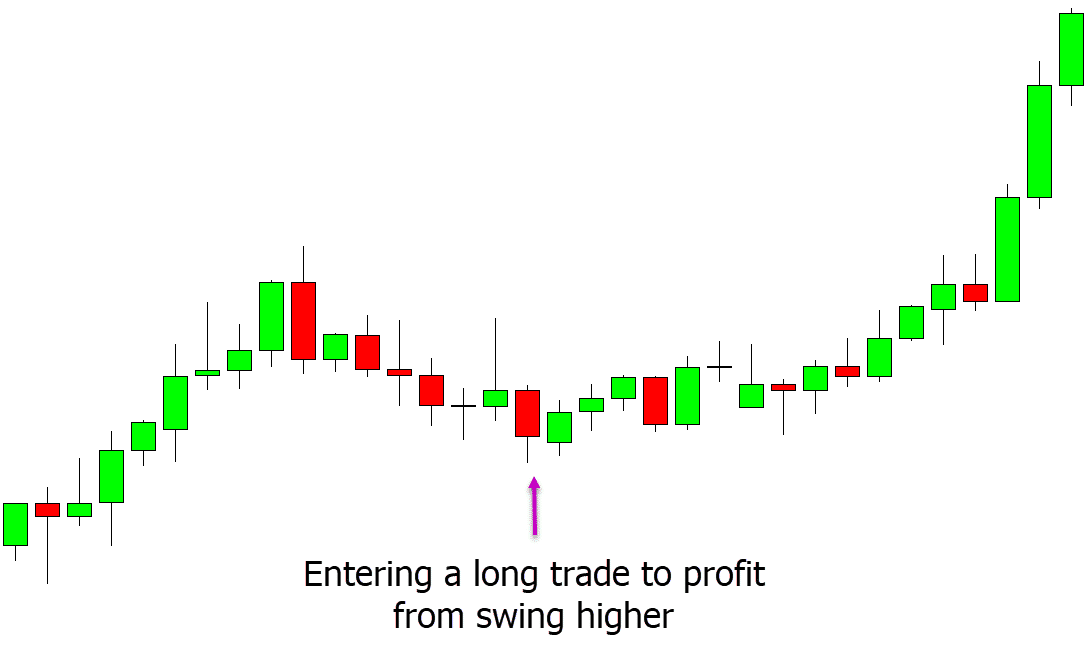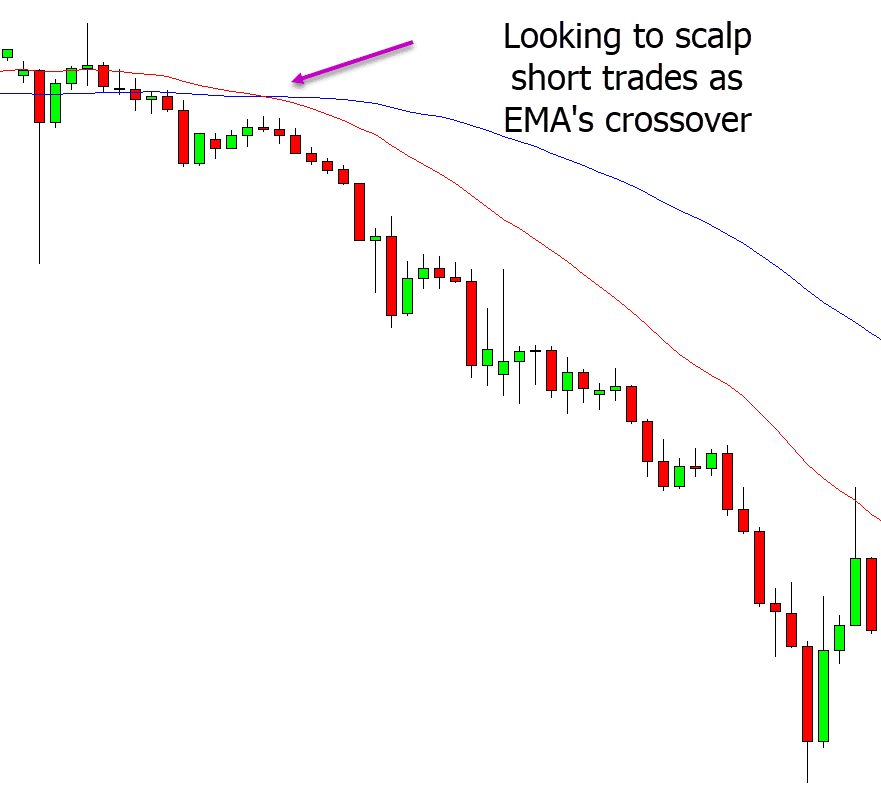When you think of the term “CFD trading,” what comes first into your mind?
Stocks? Shares? Cryptocurrencies? Commodities? Commercial Transactions?
Different forms of derivatives are being used by lots of traders every day, and one of the most popular derivative forms of trading online is called an online CFD.
You can use CFD’s products to trade on a huge range of markets, and in this post, we go through exactly how you can start trading CFD’s as well as some of the best strategies.
Note: You can get your free CFD trading strategies PDF guide below.
Table of Contents
CFD Trading Meaning
CFD stands for “Contract For Difference”.
CFD’s or “Contract for Difference” is a flexible way to trade on a wide range of financial markets by speculating on the fast-moving global market’s rising and falling prices of instruments such as shares, Forex, indices, and commodities online.
This is often an arrangement made in a futures contract where differences in a settlement aren’t made by delivering physical goods or securities but are made through cash payment.
The contract stands for the deal itself. This is normally the act of buying or selling a financial asset through a broker. The difference is the price change that occurs between an opening and closing of trades. The price change is used to calculate profits and losses.
CFD Trading For Beginners
In CFD trading, you can still benefit from the movement in an asset’s price without having to buy the physical financial instrument. For example, you don’t need to physically buy gold or oil to profit from its price fluctuations. This is what CFD contracts are for.
This gives you the benefits and risks of trading securities without actually owning them. This is quite favorable because of its easier method of settlement and reduced costs.
With CFD’s trading, you also can access leverage with your trading position.
CFD’s have a wide range of different leverage amounts that you will be able to use. Each broker will often use different leverage amounts, and these will also vary from market to market. However, being able to use leverage will allow you to invest with far less capital.
With CFD’s, many products are available even if the underlying market is closed, allowing you to trade 24 hours a day, five days a week.
Since you don’t own the underlying asset, there is no stamp duty to pay. Whilst there are spreads and commissions to pay through your broker, it makes this form of trading very cost-efficient.
Why Would You Trade CFD’s?
CFD markets have reached a high level of development and become very popular, allowing you to make deals on a wide variety of underlying assets.
CFD’s allow you to trade against the share price movement without actually buying or selling physical shares. One point to note is that you can also make a profit from price falling. This opens up a whole new avenue to making profits.
As we discuss just below, because CFDs are so flexible and are low in trading costs, they are suited to many different trading styles.
CFD vs Share Trading
The key difference between CFD trading and share trading is ownership. When you buy a stock, you become a part-owner of that company. You gain voting rights and the right to any dividend the company pays out.
When entering a share trade, you will normally have to pay the settlement’s full amount to buy the shares.
When buying or selling CFD’s you are not physically buying the underlying stock or asset; you don’t get any voting rights or rights to dividends. However, CFDs are normally leveraged products, meaning you only have to put up a small amount of capital to enter the trade and not the whole 100% to purchase share trading.
CFD vs Options
Both options and CFDs are contracts that allow you to enter the markets and speculate on whether the price will go higher or lower. With that said, they do work in different ways.
With an options contract, you are entering into a contract that gives you the right, but not the obligation, to buy or sell a market or asset at a particular price.
With a CFD product, you agree to a set price when you make your entry or exit.
What is Index Trading?
A stock index or stock market index is a measurement of a section of the stock market. It is a common tool for investors and financial managers to describe the market and compare the returns of specifics investments. It is also one of the most popular types of markets for CFD trading.
A stock index is created from tracking a set of underlying stock prices for that market. For example, the Dow Jones tracks 30 large-cap US stocks, with each affecting the price of the overall Dow Jones Price.
Below are some of the world’s most popular stock index markets;
What are the Most Popular Index Markets?
Dow Jones Industrial Average
Operator:
S&P Dow Jones Indices
Exchanges:
New York Stock Exchange
NASDAQ
Constituents:
30
Type:
Large-cap
Weighting Method:
Price-weighted
FTSE 100 Index
Operator:
FTSE Group
Exchanges:
London Stock Exchange
Constituents:
505
Type:
Large-cap
Weighting method:
Free-float capitalization-weighted
Russell 2000
Operator:
FTSE Russell
Exchanges:
New York Stock Exchange
NASDAQ
OTC Markets Group
Constituents:
1,959
Type:
Small-Cap
Weighting method:
Free-float capitalization-weighted
There are also other indices such as Eurostoxx 50, Topix, Nikkei 225, Shanghai Stock Exchange Composite Index, Dollar Basket, EU Stocks 50, Germany 30, US 500, Wall Street a lot more.
CFD Trading Strategies
You can use many different trading strategies to profit from CFD’s that include indicators and price action. Some of the most popular trading strategies include;
Trend Trading
Trend trading is one of the most popular and simple strategies you can use across your favorite CFD markets.
The example below shows the price in a clear trend higher using price action. When we see this trend higher, we are looking to trade with the trend and not go against it.
When we find a signal to enter with the trend, we make a long trade and look to profit as the trend continues its move.
Swing Trading
Swing trading can be carried out on all of your favorite markets and any time frame. You can use it on the longer-term time frames right down to the smaller time frames.
As a swing trader, you are looking to profit from the swings both higher and lower in the market.
In the example below, the price is in a trend higher. When we see a pullback lower, we are looking to make a long trade and profit as the price swing back higher in line with the overall trend.
Scalping Trading
Scalping is suited to those traders who like making many trades and who like being in and out of their trades quickly.
As a scalper, you are looking to hold your trades from seconds to minutes and use the smaller time frame charts.
CFD’s are particular suited to scalping because you can be in and out of your trades quickly, and you can use leverage to make large profits from small movements in price.
How Can You Trade CFD’s?
When looking to trade these major markets, the first thing you need is a broker you can trust and rely on. Whilst more and more brokers are beginning to add these markets into their trading lists, many of them are extremely expensive or do not let you trade with small lots, forcing you to risk a large amount of money.
You want to be with a broker you trust; you can first practice trade with and then have the option of risking whatever amount you are comfortable with.
Read about the best broker for this here.
One of the most important things you should consider when looking to start trading CFDs is the trading platform you are going to use.
CFD Trading Platforms
The trading platform you use to make your CFD trades will be key to your success or failure. The best CFD trading platforms will offer you fast trade execution times, no lagging, a large range of indicators, and easy to use.
The most popular platform for trading CFDs in the world is Metatrader.
MT4 has now been around for many years and is perfect if you are a Forex trader or trading Gold and Silver.
MT5 is very similar to MT4; it was designed with other markets in mind that MT4 could not handle. These include stock indices and share CFD products.
You can try a free demo of a MT4 or MT5 account here.
Recap
Leverage and position size plays a big role in trading CFDs. These will determine how much you make or lose. Whilst it can be easy to get carried away and start risking huge amounts using leverage, smart traders learn to harness their leverage and have it work for them.
Your trades entries and exits require technical and fundamental analysis that will allow you to create a profitable system over time. It is also crucial you make sure you have an exit plan before entering the trade.
